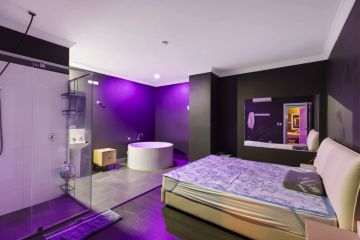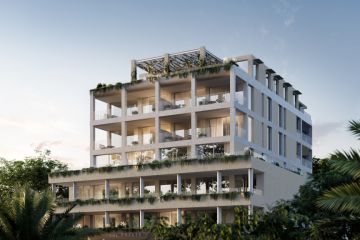A deco delight with a marquee makeover: From hospital to grand family home

A luxurious party pad redolent of Hollywood’s golden age is the latest incarnation of this historical art deco house.
The building is in the exclusive enclave of Armadale in Melbourne’s east. It once served as a private hospital – it is where celebrated World War I senior officer Major-General Harold “Pompey” Elliott died in 1931 – before being used as the Spanish consulate.
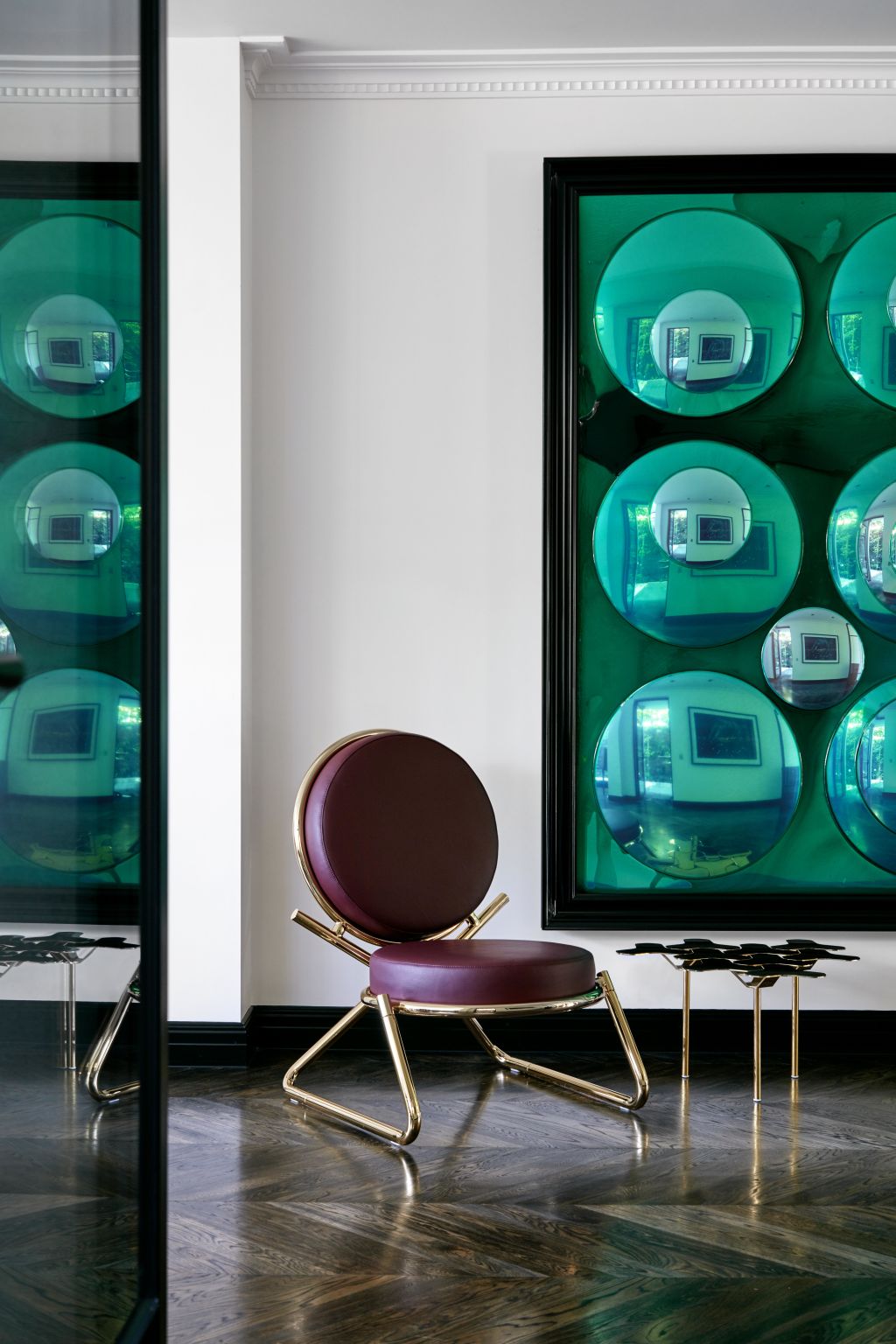
When the current owners bought the property it was in need of an extensive update – the most recent renovation was in the 1970s.
A couple with school-age children engaged local architect Travis Walton for the project, with a brief that encouraged him, as he puts it, “to push boundaries” and buck the somewhat conservative approach that is typical of the suburb.
The two-level, four-bedroom house combines different but related aesthetics in a look that Walton describes as “mid-century minimalism meets art deco glam”.
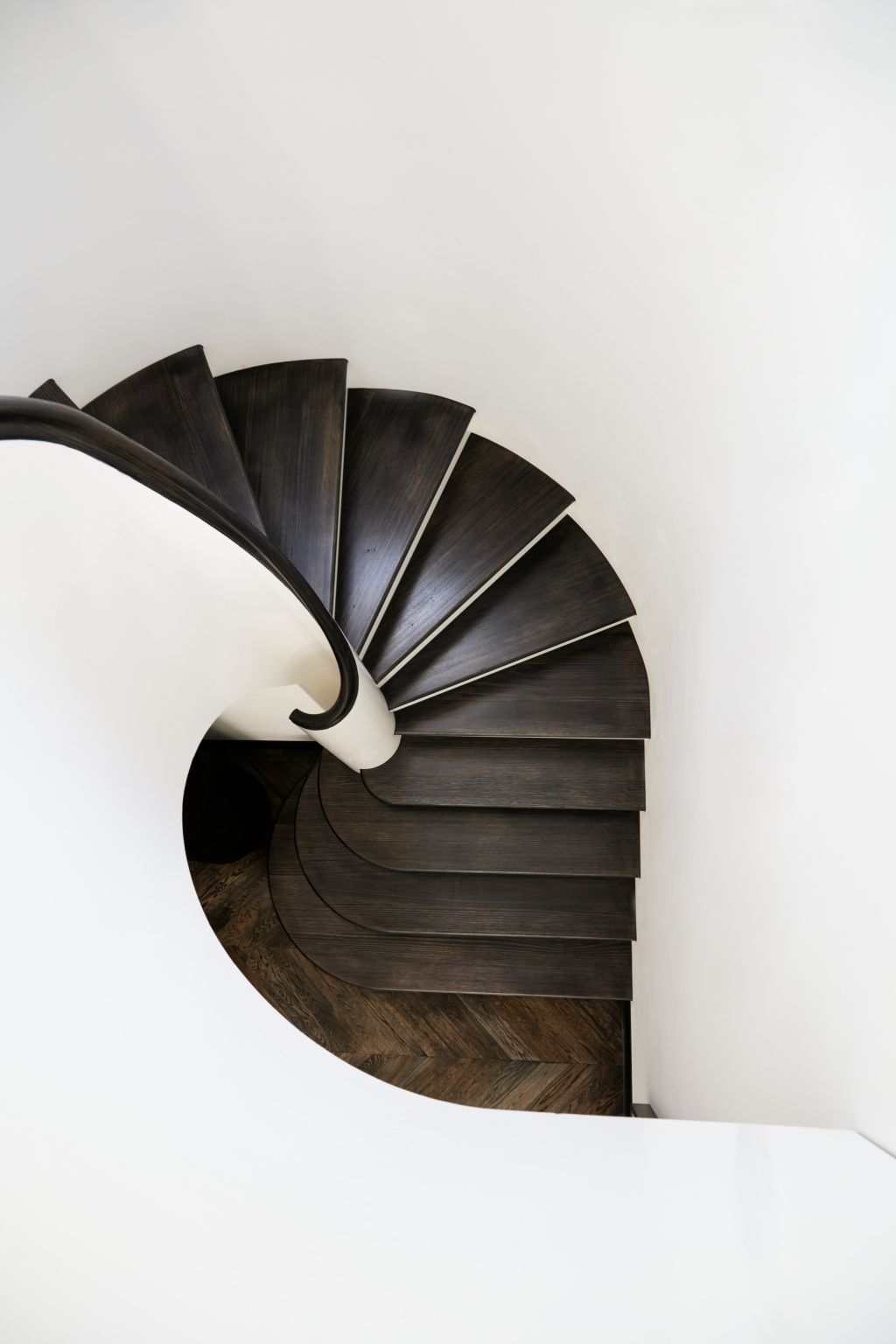
The original art deco building at the front of the house had proportions typical of buildings constructed during the early part of the 20th century, with small windows, narrow entries and low ceilings.
Walton raised the ceiling height, expanded the entries and widened the foyer, but retained period features such as the timber shutters at the front.
This part of the house pays tribute to the Hollywood regency style of the 1920s to 1950s, through the use of a dramatic black-and-white palette augmented with lacquer, brass and chrome finishes.
- Related: The architects irrevocably changing the game
- Related: Inside a pocket-sized apartment
- Related: A 1960s gem nurtured back to life
The living area at the back of the house looks on to a custom-made pool, created with Italian tile company Bisazza, featuring a pattern of abstract shapes that Walton likens to octopus tentacles.
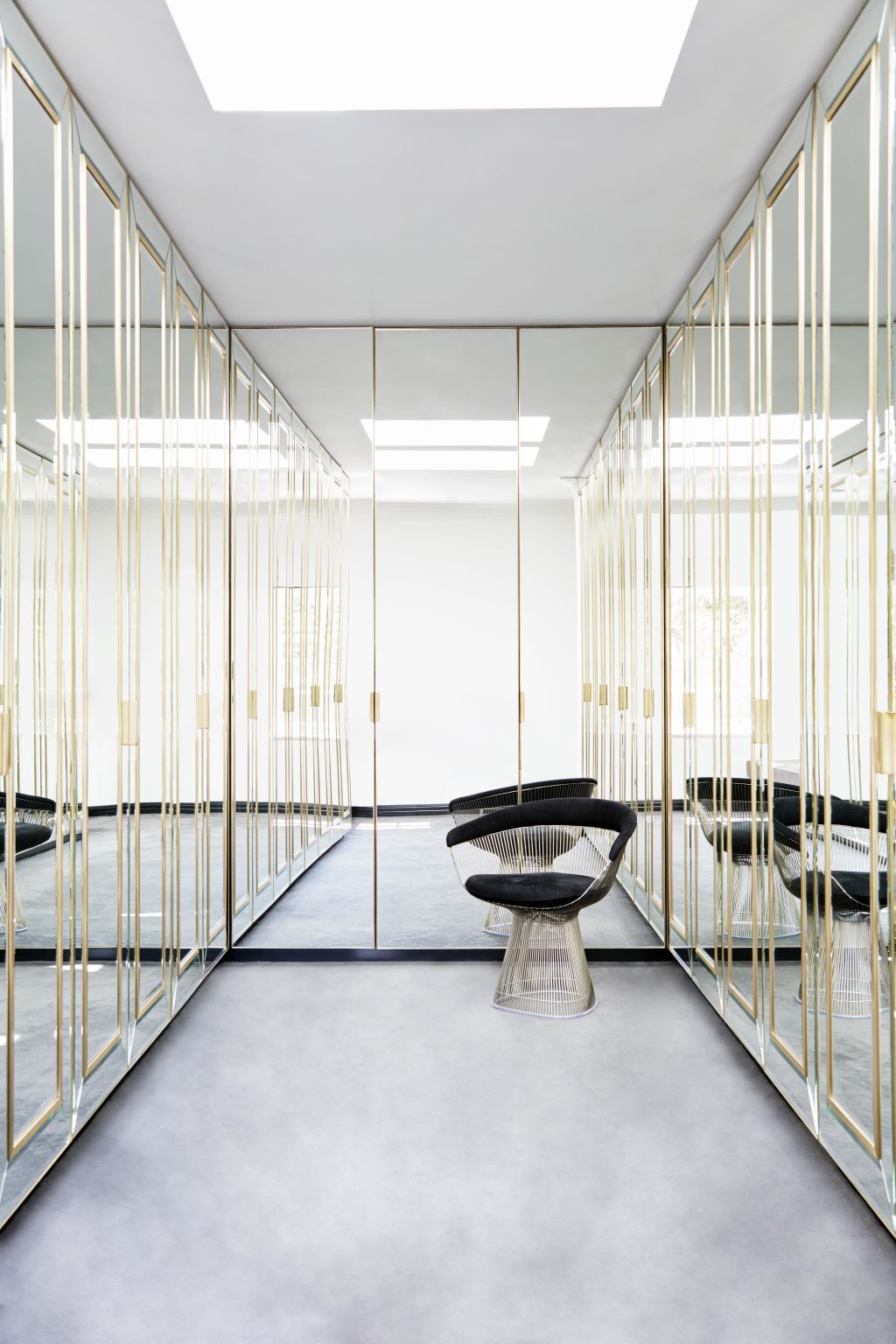
Here, mid-century modernist design principles set the tone, with floor-to-ceiling windows blurring the line between the indoor and outdoor areas and a continuous terrazzo floor surface that grows up into concrete benches that form the bar and entertainment space.
The use of gloss finishes to enhance the overall sense of opulence is exemplified by the kitchen.
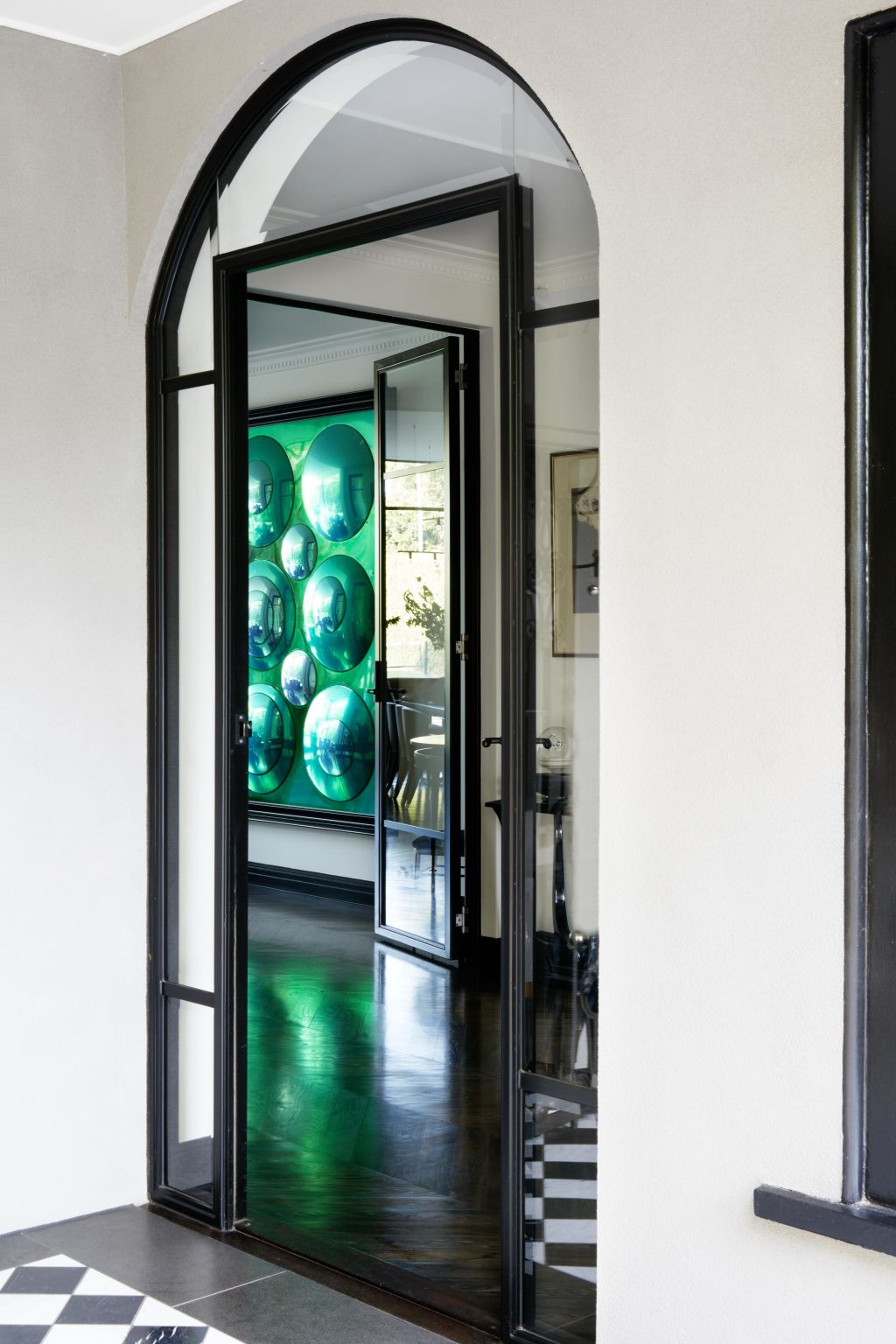
The black granite benchtop is accented with matte-finish brass and stainless steel details that reflect the sparkly mineral veining in the stone.
A mirrored pendant light by New York-based designer Bec Brittain amps up the glamour factor.
“We wanted something that almost appears to be another piece of furniture rather than kitchen,” Walton says of the space.
States
Capital Cities
Capital Cities - Rentals
Popular Areas
Allhomes
More




